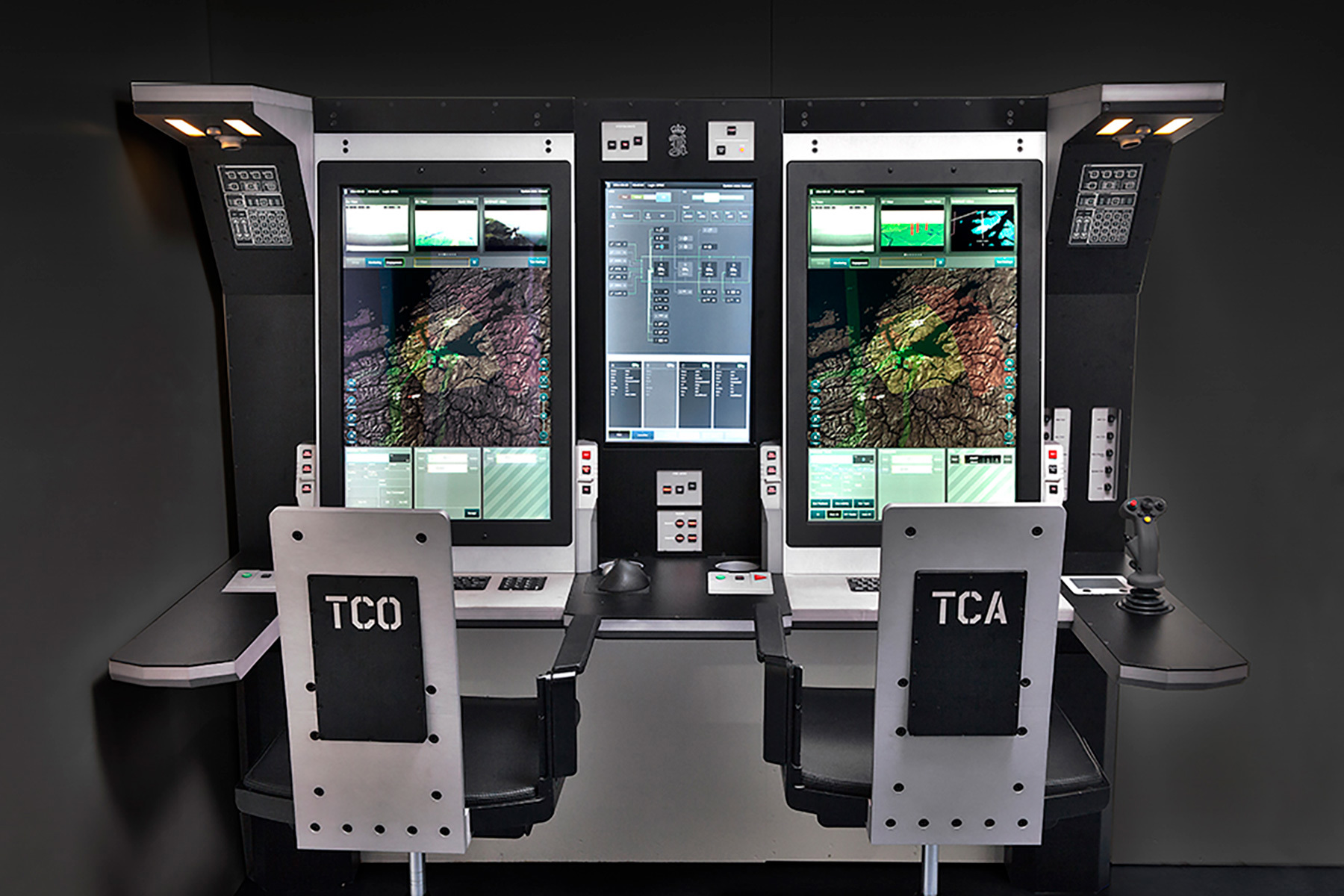- Reaction score
- 29,246
- Points
- 1,090
Years ago I was involved in discussion about the infamous "soldiers in our streets", and looking at what the full time personnel cadre would have to look like - basically a platoon or so of full timers.
The CBT Arms solution was basically a platoon ready to go out the door.
The model I suggested was CSS heavy - the veh techs, ACISS, veh techs needed to ensure equipment and materiel readiness, plus a small (3-4 pers) recce element.
That's the challenge in a restructure of the Army: there will be a need to acknowledge that the support cadre needs to be primarily full time, with the pointy end being shifted more to part time.
The impacts on occupations and indirectly on senior leadership will unfortunately undermine any change efforts - gotta protect the Ops Gen bias in leadership selection...
The CBT Arms solution was basically a platoon ready to go out the door.
The model I suggested was CSS heavy - the veh techs, ACISS, veh techs needed to ensure equipment and materiel readiness, plus a small (3-4 pers) recce element.
That's the challenge in a restructure of the Army: there will be a need to acknowledge that the support cadre needs to be primarily full time, with the pointy end being shifted more to part time.
The impacts on occupations and indirectly on senior leadership will unfortunately undermine any change efforts - gotta protect the Ops Gen bias in leadership selection...






